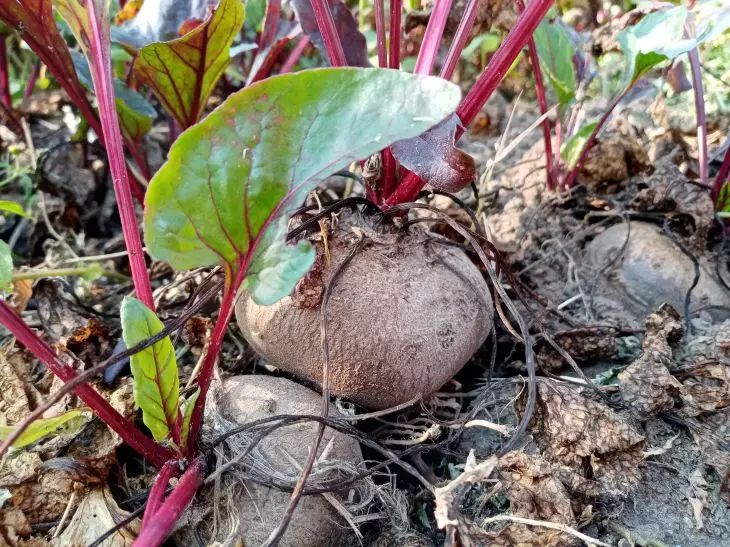How to feed beets in spring immediately after germination so that they grow beautiful and tasty
Gardeners believe that they know how to properly grow beets in their plots.
However, we have to deal with a number of problems: the beets are woody, not juicy, and quickly turn black from the inside.
Practical advice available to everyone will help you cope with this problem.
How to Grow Beets Properly
What is being done wrong when growing beets and why do they become unfit for consumption?
Beetroot has been known for a long time and is one of the favorite crops on our table. But it is necessary to know some features.

Most varieties of beets, no matter what they are - old ones like "Bordeaux" or "Pablo", more modern varieties - sprout at low temperatures, but instead of a root crop, they can start to fade. And by summer, not a root crop will appear, but an arrow and seeds will form.
How to feed beets
The quality of root crops is affected by the composition of the soil environment. Table beet responds well to liming. Therefore, the rows are sprinkled with ash and dolomite flour, chalk or lime.
After germination and the appearance of the first leaves, beets respond to nitrogen fertilization: chicken manure, saltpeter and other fertilizers, as well as compost: 1 scoop of grass per bucket of water and water.
